My parents telling me to stop doing it is probably what caused the company to get created.
Michael Saul Dell was born in Houston, Texas. His father was an orthodontist, his mother a financial consultant and stockbroker. From an early age, Michael Dell was fascinated by both business and electronics, and couldn’t wait to combine his two passions. At age eight he applied to take a high school equivalency exam, hoping to get out of school and into the business world faster.
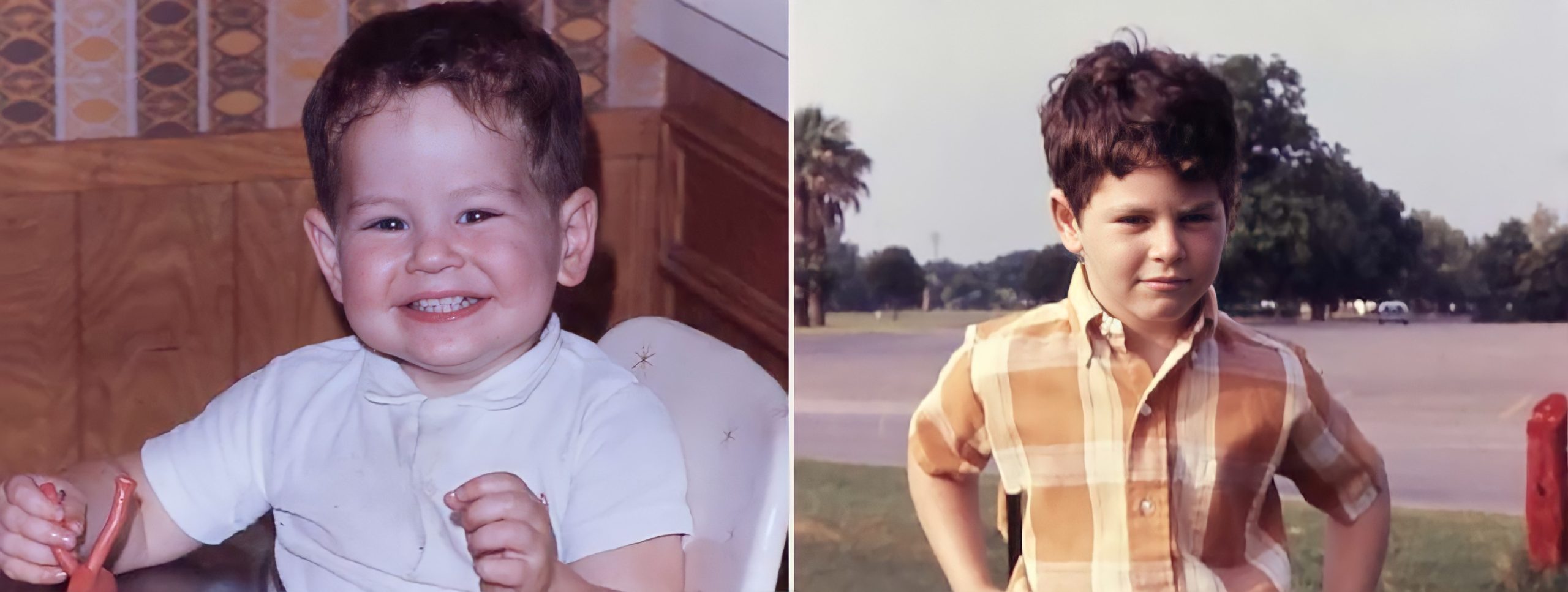
By his early teens, he was using the money he earned from part-time jobs to invest in stocks and precious metals. Gadgets and everything electronic continued to fascinate him; at age 15, he bought one of the first Apple computers and immediately disassembled it, to see if he could put it back together.
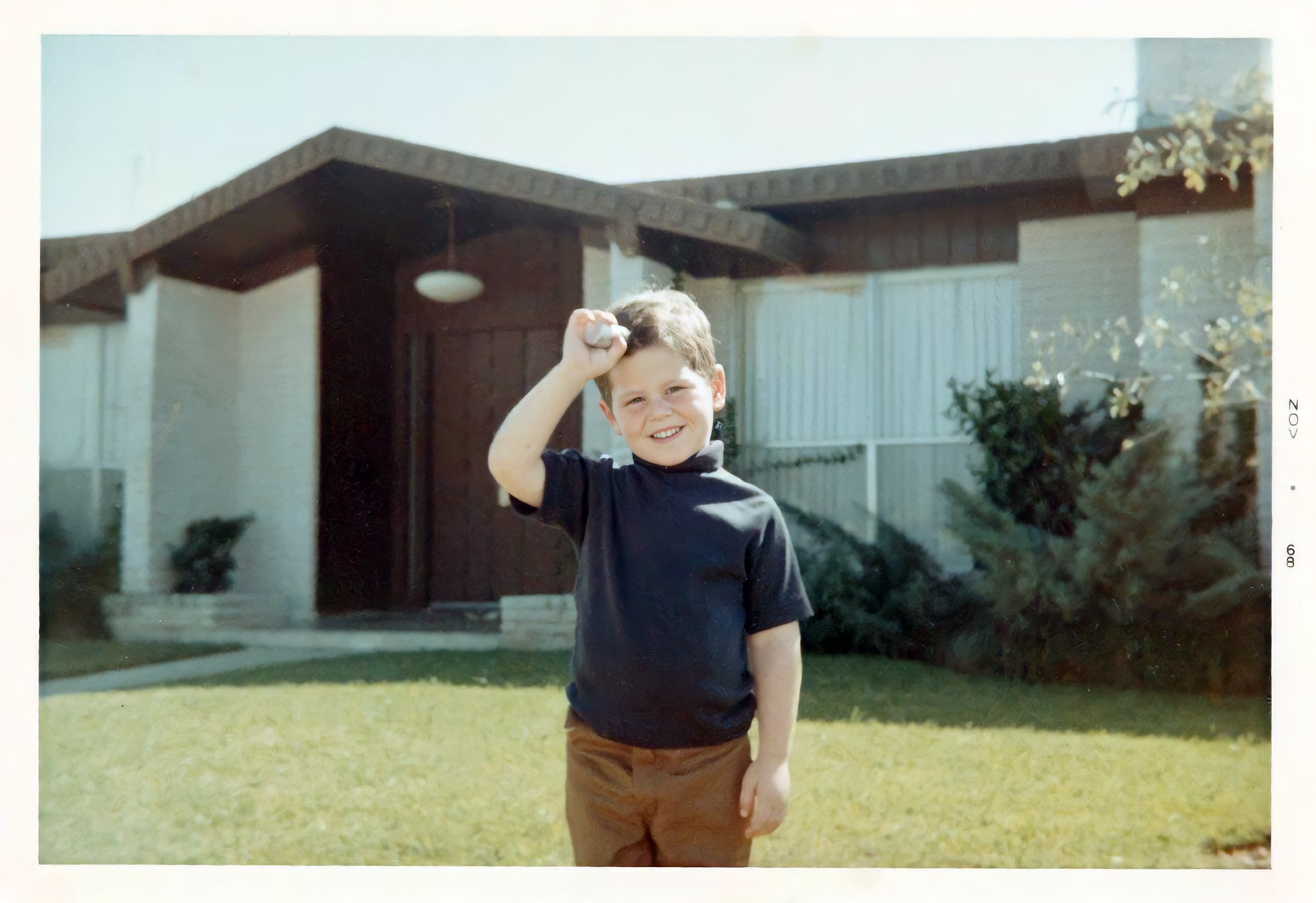
In high school he took a job selling newspaper subscriptions and used his data research skills to identify an untapped customer base, earning $18,000 in a single year. He rewarded himself with a new computer and a BMW, and was soon planning a business venture of his own.
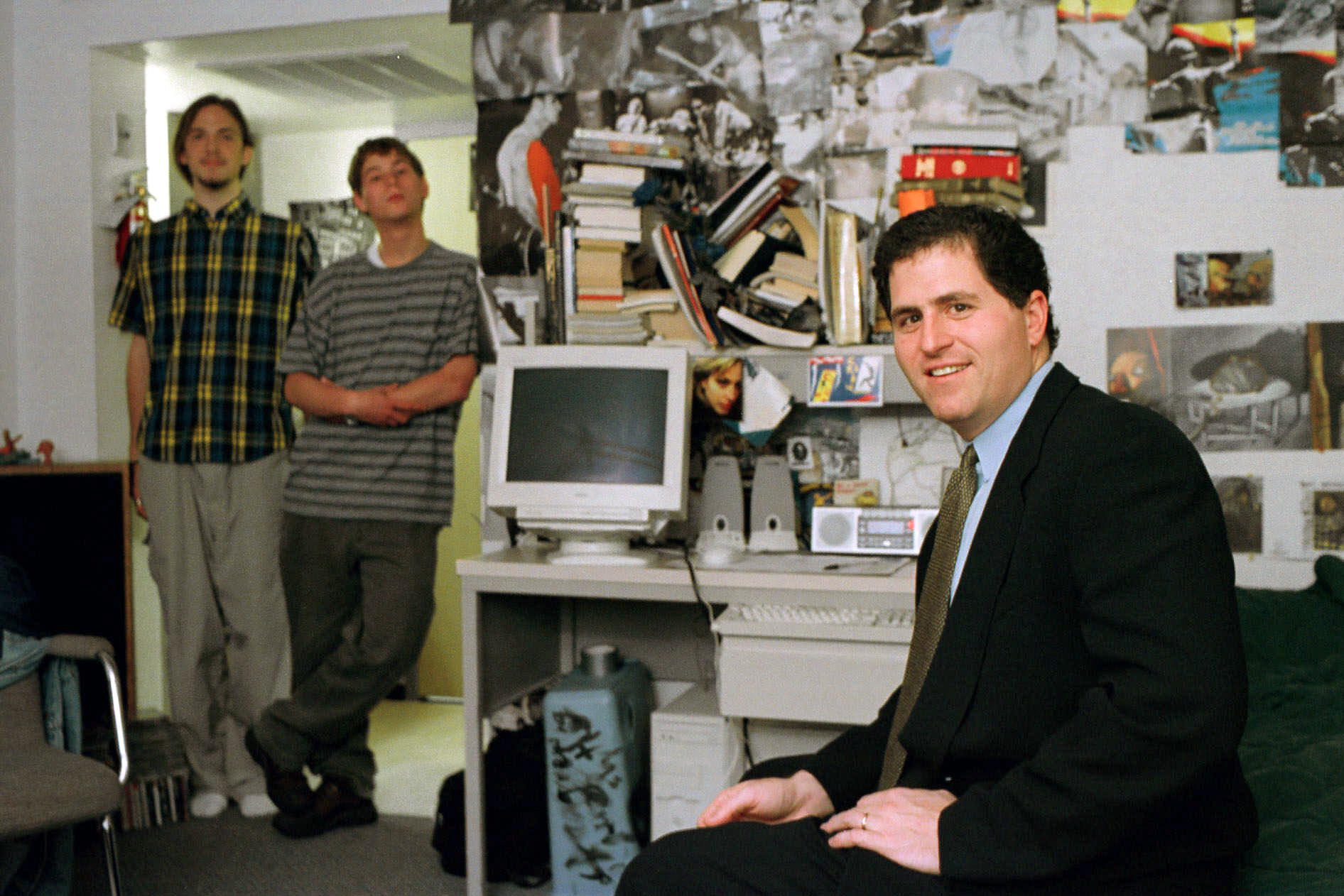
His parents hoped that he would pursue the study of medicine, but in his first year at the University of Texas, he started a small business, selling computer disk drives out of his dorm room. At the time, personal computer users could only buy their gear at retail stores, and the choice of features was dictated by the manufacturer. Any customizing of memory or disk drives had to be done after the purchase. Dell purchased unsold IBM PCs from retailers at cost, adding additional memory and disk drives and selling them at prices ten to 15 percent below retail. With an initial investment of $1,000, he registered the business with the State of Texas. Minimal advertising quickly brought him a large customer base on campus, and outside contracts followed quickly. Within months he moved off campus, filling a large apartment with computer parts and assembling new computers from scratch at a fraction of the cost of the traditional retailers.
Although he had promised his parents to curtail his business activities and concentrate on his studies, by spring vacation he had to break the news: his venture was writing sales of $80,000 a month. He was ready to quit school and run his business full-time. He incorporated the company — initially called PC’s Limited — and pioneered selling personal computers by telephone order. By 1986, PC’s Limited was offering the first toll-free technical support service, a practice later adopted widely in the computer industry.

As his business exploded, Dell continued to offer customers a discount of ten percent below his competitors through the application of “just-in-time” supply practices. Unlike other manufacturers, Dell purchased parts based on orders already in hand, and only assembled machines for immediate delivery. With no inventory or spare parts to store, the company enjoyed dramatically lower overhead than its competitors and passed the savings on to its customers. With his enormous volume of sales, Dell could insist that his suppliers maintain warehouses near his factories, to speed up the processing of orders, while the suppliers bore the cost of storing unsold parts. The tremendous sales volume kept the arrangement profitable for all concerned.

In 1988, Michael Dell changed the firm’s name to Dell Computer Corporation and — at age 23 — took the company public, raising $30 million in its initial public offering. Soon the business went global, with manufacturing facilities, partnerships and subsidiaries in Europe, Asia, Australia and Latin America. By 1992, Dell Computer had entered the Fortune 500 list of the world’s largest companies, and at age 27, Michael Dell was the youngest CEO ever to lead one of the 500. Dell Computer was also a pioneer of online commerce, selling computers over the burgeoning World Wide Web. When Dell filled its first orders in July 1996, many in the business community were still skeptical about online sales. Without promotion of any kind, the Dell website immediately sold 30 to 50 computers a day. By the end of the decade, Dell’s daily online sales were $18 million. Dell Computer had become the most profitable personal computer manufacturer in the world.
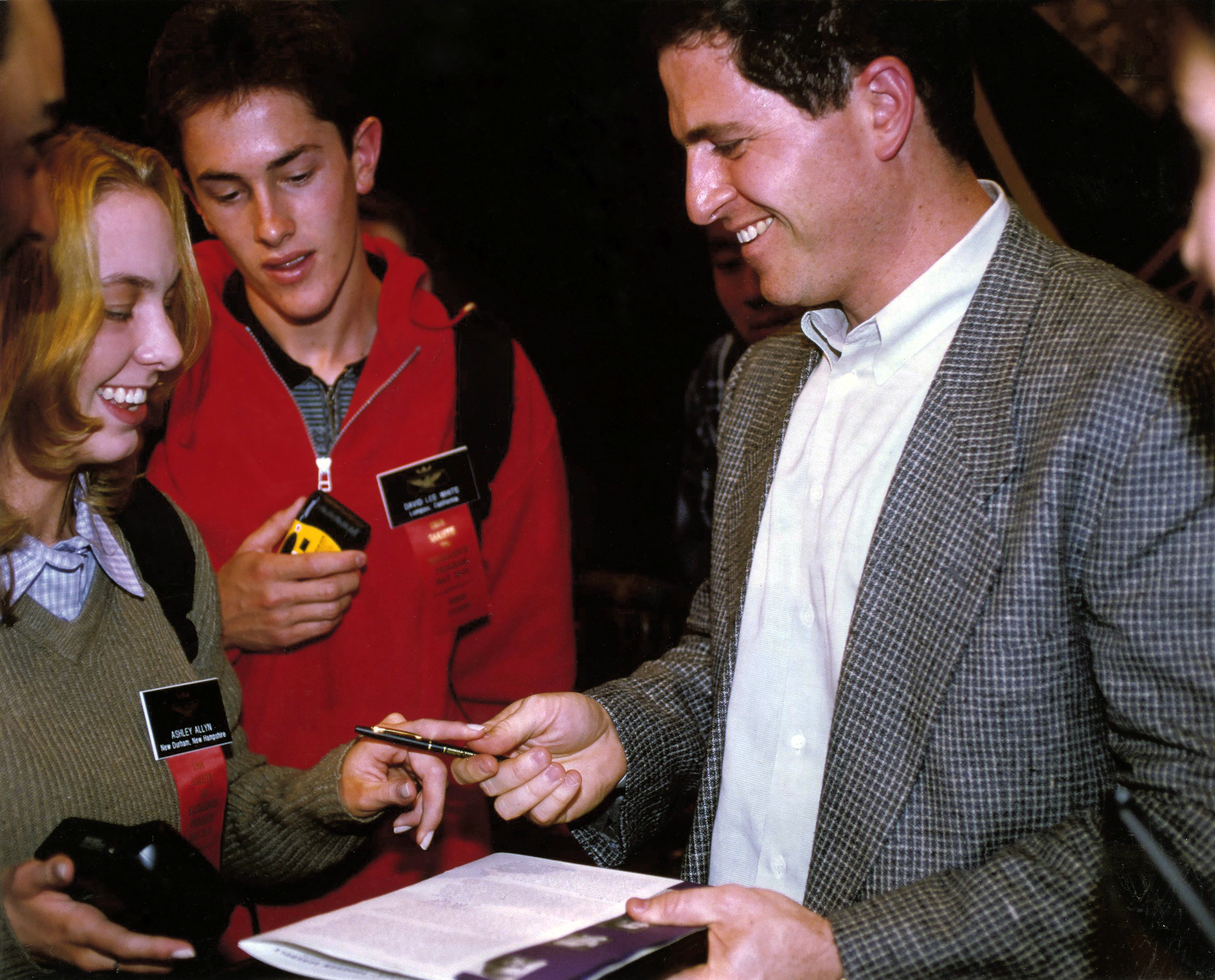
With the company’s subsequent expansion into network servers, storage systems, printers, IT support services, projectors, home entertainment systems and personal electronic devices, the name was further shortened to Dell Inc. In 1998, Michael Dell founded MSD Capital LP, a private investment firm, to participate in building smaller companies. The following year, Dell and his wife founded the Michael & Susan Dell Foundation to improve education, health and safety for children around the world. Michael Dell also published his engaging autobiography, Direct from Dell: Strategies That Revolutionized an Industry. In an entertaining narrative, Dell recounted how he built his $1,000 investment into the world’s largest PC maker, worth $100 billion.

In 2004, Michael Dell stepped down as Chief Executive Officer of Dell Inc., while continuing to serve as Chairman of the Board. By the time he turned 40, the financial press estimated his net worth at close to $20 billion; in 2005 Forbes magazine identified him as the fourth richest man in the United States.

The University of Texas had already established the Dell Children’s Medical Center when, in 2006, the university announced a $50 million matching grant from the Michael & Susan Dell Foundation to build three new facilities at the university. The Dell Pediatric Health Research Institute in Austin is a leading center for children’s health and biomedical research. The Michael & Susan Dell Center for Advancement of Healthy Living addresses environmental factors that affect childhood development, particularly childhood obesity and related disorders, including Type 2 diabetes. Dell Computer Science Hall houses the university’s computer science department, with the aim of creating the country’s leading institution for the development of advanced applications for science and industry.

While Michael Dell focused on his philanthropic activities, the company he founded had fallen into the number two position in the personal computer market. In 2007 Michael Dell returned to the post of CEO and moved quickly to reclaim Dell Inc.’s primacy in the marketplace. By the end of the year, Dell had introduced the Inspiron 8000, the most powerful notebook computer on the market. Expanding from the company’s longtime reliance on telephone and Internet sales, Dell began to sell computers in national retailers such as Wal-Mart and Sam’s Club, and moved aggressively into the vast Chinese market. Dell also moved beyond the exclusive reliance on Microsoft Windows software and Intel microprocessors to produce PCs and servers supporting Linux and other operating systems. The company’s sales in the year 2008 topped $60 billion, a new high.

The panic that gripped financial markets at the end of the year was followed by a historic recession that hit all manufacturers hard. As the economy recovered, consumers spent more of their dollars on smart phones and tablet computers than on conventional desktop and laptop computers. In 2012, PC sales fell for the first time in a decade, and sales of tablet computers approached those of laptops. Dell felt the squeeze, along with industry giants Hewlett-Packard, Intel and Microsoft.
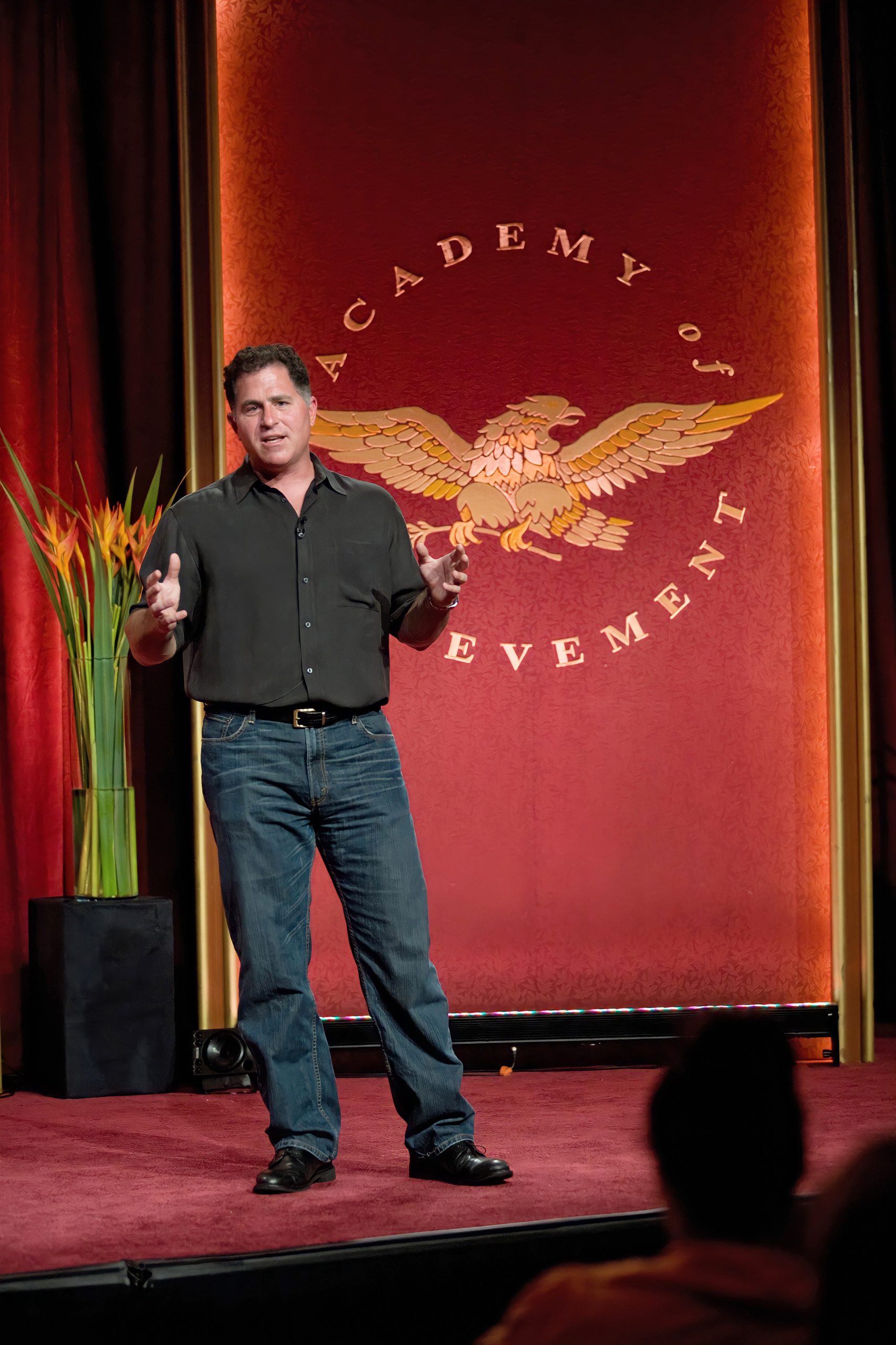
For nearly 25 years, Dell Inc. was a publicly traded company. In 2013, Michael Dell decided to take the company private again, successfully fighting off a takeover attempt by financier Carl Icahn in a $24.4 billion leveraged buyout. Among other participants, Microsoft lent a reported $2 billion to the new owners, which included the investment firm Silver Lake. Michael Dell retained a 16 percent stake in the company and remained at the helm as CEO. Two years later, in a dramatic bid to position Dell Inc. for growth in a rapidly changing industry, Dell and Silver Lake moved to buy computer data storage provider EMC, for approximately $67 billion. One of the biggest takeovers in the history of the tech industry, the deal made Michael Dell Chairman and CEO of the combined companies — industry leaders in network servers and data storage, as well as corporate software, personal computers, and mobile devices.
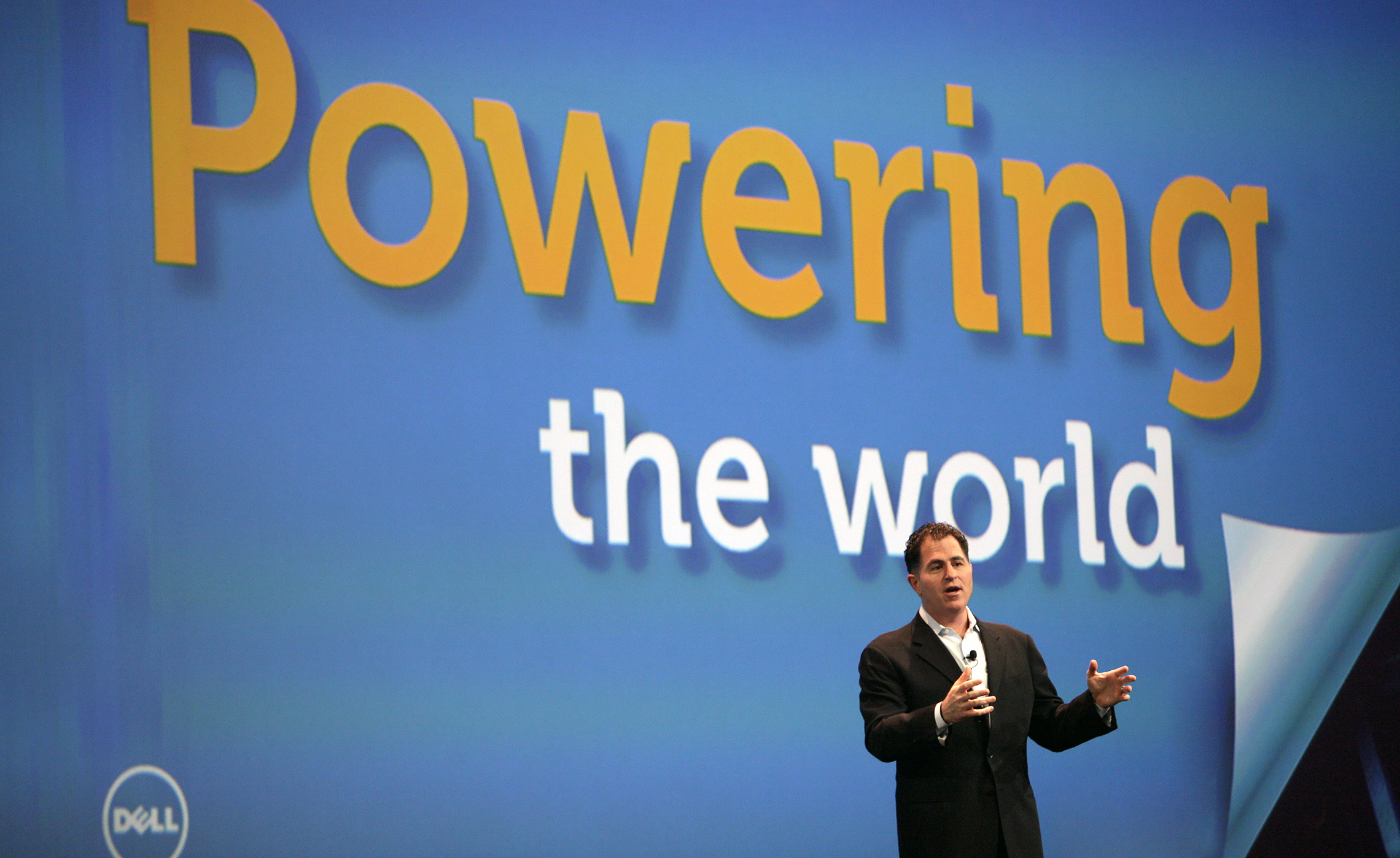
The combined company, renamed Dell Technologies, became the largest privately held technology company in the world. The consolidated company increased its share of both the PC and server markets, surpassing longtime industry leader Hewlett Packard in the cloud server sector. At the deal’s conclusion, Michael Dell’s net worth was estimated at $20 billion, making him one of the wealthiest people in the world.
In 2018, Dell and his Silver Lake partners took Dell Technologies public again. In a $21.7 billion deal, Dell offered to buy out the investors who participated in the EMC acquisition. Dell and Silver Lake retain a controlling interest in the enterprise. The new structure has allowed Michael Dell to continue taking Dell Technologies into new areas, including Internet-connected devices and artificial intelligence.

Michael and Susan Dell have four children and divide their time between homes near Austin, Texas; in Hawaii; and on the Caribbean island of Antigua. Michael Dell’s holding company, MSD Capital, has large real estate holdings in Hawaii, Mexico, and California, and develops luxury hotels, commercial and residential properties. The Michael and Susan Dell Foundation, continues its history of philanthropy. To date, it has committed $1.23 billion to non-profits and social enterprises, establishing the Dell Medical School at the University of Texas and working to “accelerate opportunity for children growing up in urban poverty” in India, South Africa and the United States.
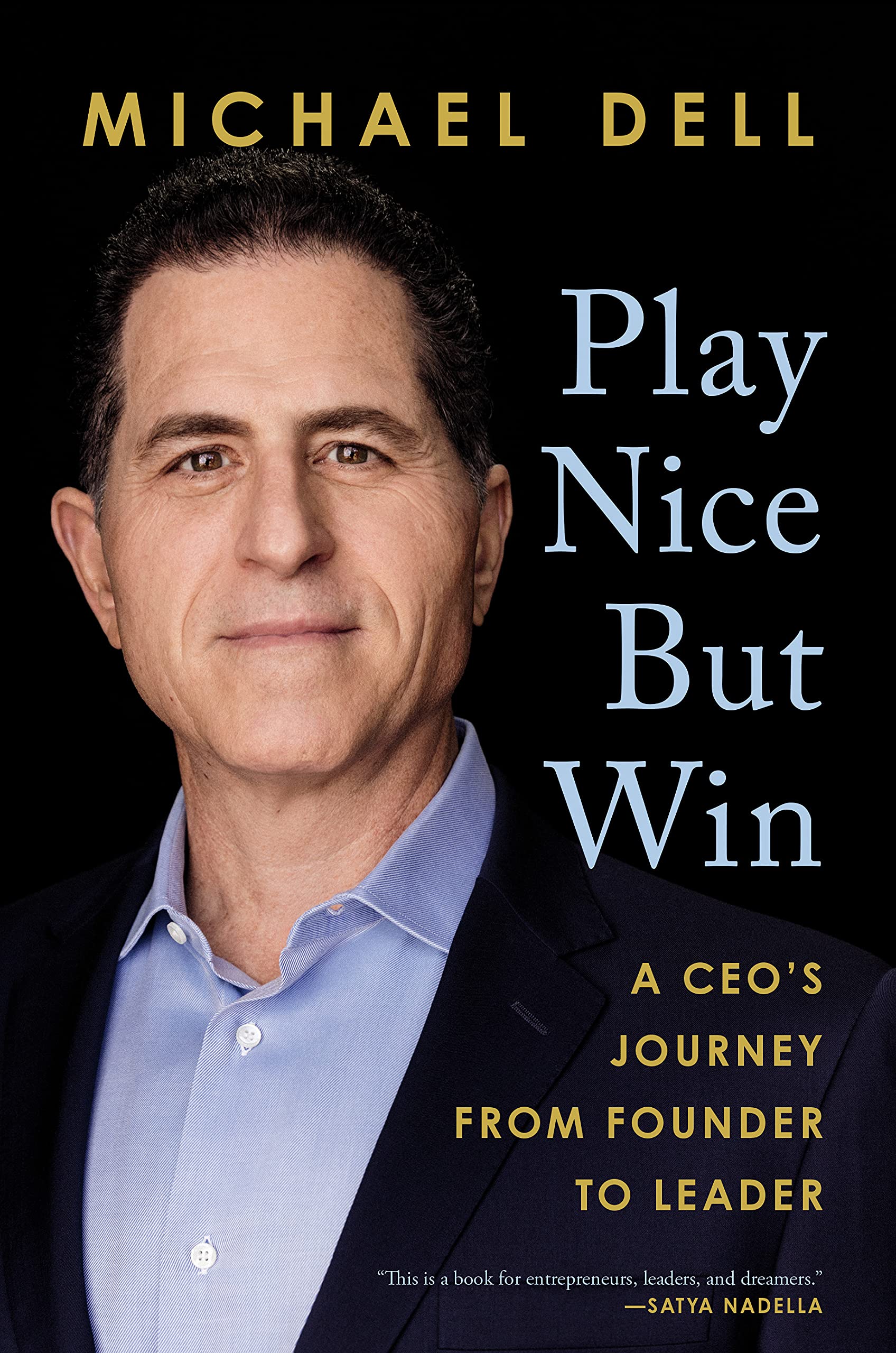
In 2020, Dell Children’s Medical Center announced plans to construct a second hospital campus and a new medical office building in Austin, while expanding the original complex with the addition of the Dell Children’s Specialty Pavilion. The new structure will house centers for pediatric heart disease, neurosciences, blood disorder and cancer treatment, and a new fetal center where newborns with congenital health issues can be treated immediately without being transferred to a separate facility.
In November 2023, Michael Dell and investment firm Silver Lake reaped substantial profits from VMware’s $92 billion sale to Broadcom. This success was the result of their strategic decisions, such as privatizing Dell Technologies and acquiring EMC in 2016, which owned a significant stake in VMware. These moves resulted in over $14 billion in cash and $70 billion in total gains. Despite facing obstacles, including settling a $1 billion lawsuit, the deal’s remarkable success, characterized by unprecedented private equity gains, underscores Dell’s astute investment strategy in the technology sector.
In May 2024, Michael Dell’s wealth surpassed the $100 billion mark, driven by the increased demand for AI-related equipment that boosted Dell Technologies’ share price to record highs. He now ranks 11th on Bloomberg’s wealth index, with a fortune of $113 billion.

When Michael Dell was a freshman at the University of Texas, his parents were concerned that his entrepreneurial interests would interfere with his pre-medical studies. When they paid him a surprise visit, he rushed to hide his inventory of computer parts in a friend’s room. But before long, his business grew too big to conceal.
Dell had seen an opportunity the big players had missed. By assembling computers to order and selling them directly to the customer, bypassing traditional retailers, he could beat the prices of IBM and the other industry leaders. He left college after freshman year to run his business full-time, and within a decade he became the youngest CEO ever to head a Fortune 500 company. The company he founded, Dell Inc., pioneered Internet commerce. In time it became the world’s number one direct-sale computer vendor, providing desktop and notebook computers to consumers around the world, and network servers and IT support services to industry and government.
Michael Dell’s phenomenal business success enabled him to build innovative medical centers at the University of Texas and to make massive contributions to medical research, particularly in the area of children’s health. His entrepreneurial genius brought the power of information technology into millions of homes, and revolutionized the way the world does business.
Let’s talk about how you became involved with computers and started your own business at such a young age. We’ve read that you took apart the first PC that you got your hands on. Is that true?
Michael Dell: Yeah. I wanted to see how it works, so I took it apart. A good thing about the early personal computers is that they had completely kind of standardized chips, and so you could literally get a book about each chip and read what each pin did, and how signals were processed through the chip. You could design your own circuits and you could modify them, and you could literally see exactly how the thing was working. That was sort of the classroom for me. That was where I learned the basics of how these things worked. Then I kind of became fascinated with, “Well, how could you improve it?” How could you make it do more things? How could you expand it? How could you make it go faster? How could you hook it up to other computers and let your imagination run wild?
You noticed that the parts were not made by IBM.
Michael Dell: That’s right.
The earliest PCs had IBM’s name on the outside but there was no IBM on the inside. And what I saw was that not only did it take an enormous amount of time for the components to get from the people who made them all the way to the customer, but it was a very inefficient and expensive process. So I would read about improvements in technology in Byte magazine, but then it would take a year or more before you could actually buy it. So I was kind of a frustrated consumer, thinking, “Hey, where is all this stuff that I keep reading about?” and kind of thought, “Well gee, what if you could sell directly to the end customer and do it way more efficiently with better service?” — the people who really knew about the product. Now, I had no idea this thing called the Internet would come along and make it real easy for people to buy things online and connect, but absolutely felt that over time more and more people would be knowledgeable enough to buy on the phone.
But how would they know about you?
Michael Dell: Well, you advertise. Interestingly enough, the logical conclusion most people would have after hearing all that is, “Oh, you were selling to consumers and hobbyists.” But actually it wasn’t much of our business. Most of our business was large companies. We were kind of discovered by large companies who wanted computers to make themselves more productive, and public institutions, and that became the origins of the growth of the business.

So having taken this computer apart and figured out a lot of stuff about how it worked, you actually developed a business of your own quite early on. Could you tell us how that came to pass in your freshman year of college?
Michael Dell: Yeah. When I was a freshman at the University of Texas, I was going to school and had every intention of going to school. I was kind of playing around with this as a hobby while I was going to school. It was a really fun hobby for me because I was really interested in computers, and it provided a little extra income, so I could buy the latest stereo and whatever I wanted to buy. You know, 18-year-old, 19-year-old kids like to do stuff like that.
So you were already making some money off of it?
Michael Dell: Yeah, yeah. When I was a freshman in college, selling upgrade kits and enhancing computers. My parents got wind of this and they were really upset, because they thought that I should really only focus on going to college.

What were you studying?
Michael Dell: Biology. My father’s a doctor, my brother’s a doctor, lots of doctors in the family, so I was going to be a doctor. So they were, they were very, very upset with me. You know, “Michael, you’ve got to get your priorities straight.”
Around Thanksgiving of 1983, my parents kind of made me commit that I wasn’t going to do this computer business anymore. I was only going to focus on my studies. So that lasted about ten days. It was during that time that I decided that I was going to start a company. So actually, my parents telling me to stop doing it is probably what caused the company to get created. If they hadn’t done that it might’ve just been a hobby. But what I kind of reflected on in those ten days is that I really love this, and it was enormously exciting, tremendously fun. So like any other 18-year-old who wants to do what their parents don’t want them to do, you just don’t tell them. So that’s what I did. I kind of went about the path to start the company without really telling my parents.
Where did you keep these computers that you upgraded?
Michael Dell: Well, they were in Houston and I was in Austin. And so…
I kind of moved into a larger apartment that had really high ceilings so I could kind of stack things up and managed to conceal it from them for quite some time. And then I basically came to an arrangement with my parents. I said, “Look, I really want to go do this, and I know you don’t want me to go do it, but I’ve checked with the University of Texas, and the way it works at UT is that you could take a semester off and you can come back.” And so I said, “Well, we’ll agree to this. I’ll take the semester off — the fall of ’84 semester — and I’ll go and do this. If it doesn’t work out, I’ll go back to school, and if it does I’ll just keep doing it.” And so they agreed. If they hadn’t agreed, I probably would’ve done it anyway to be honest with you. So in May of ’84, I incorporated the company and off we go.
Wasn’t there a time when your parents came to visit unexpectedly while you were still having this covert business?
Michael Dell: Yeah. That would’ve been in November of ’83.
They would kind of hear from their friends, “Oh, Michael’s doing so great. His business is going really well.” And they were like, “What are you talking about? He’s supposed to be in college.” They had a couple of kind of surprise visits. They would just kind of show up, you know, like, “Where are your books?” “Oh, they’re at the library.” I’d sort of have good answers for things, and they couldn’t quite figure it all out. But eventually they kind of figured out, “Wait a second. There’s too many computer parts around here.” It was a bit hard to disguise what was going on. So that’s when we had this talk.
